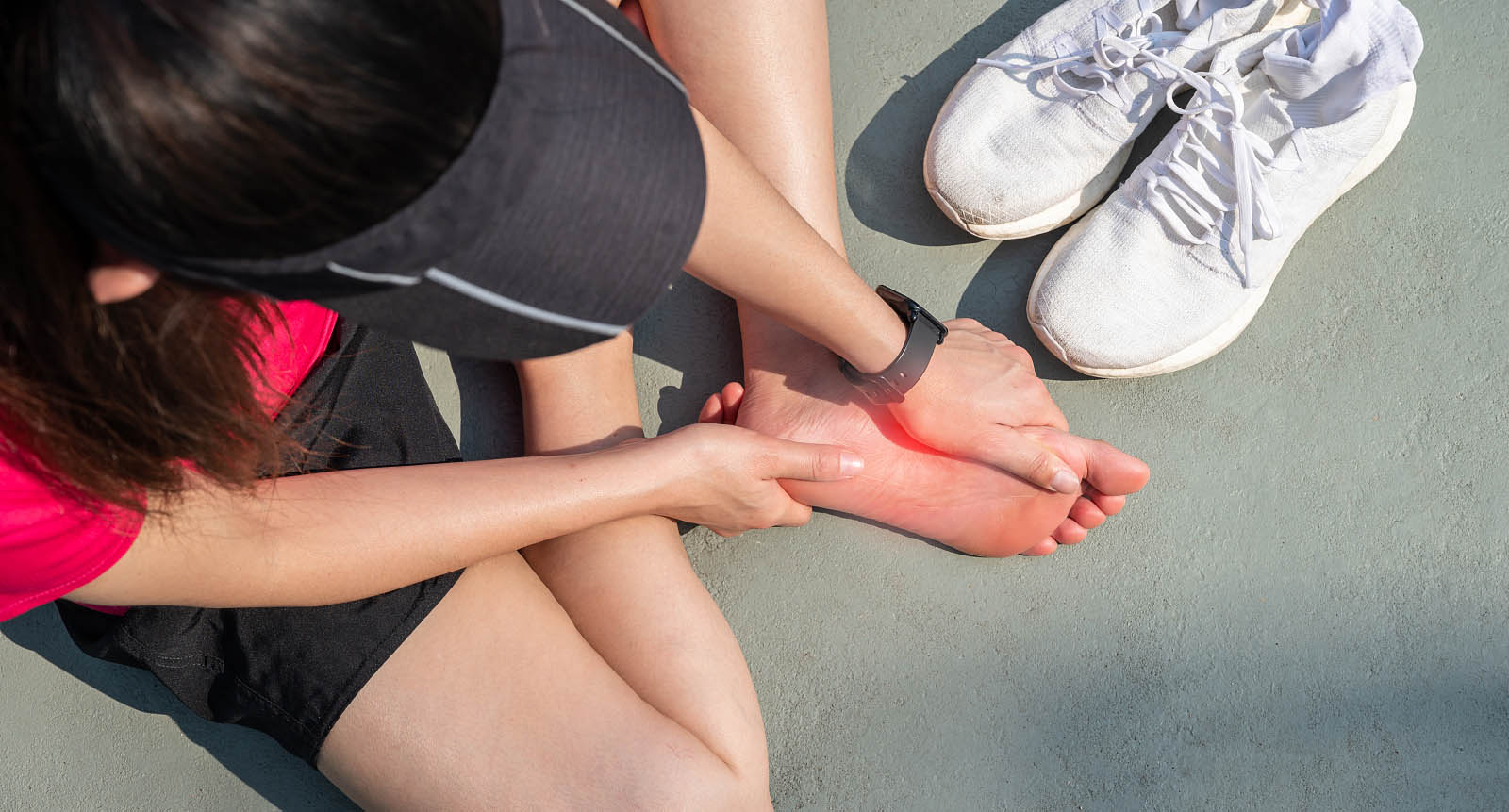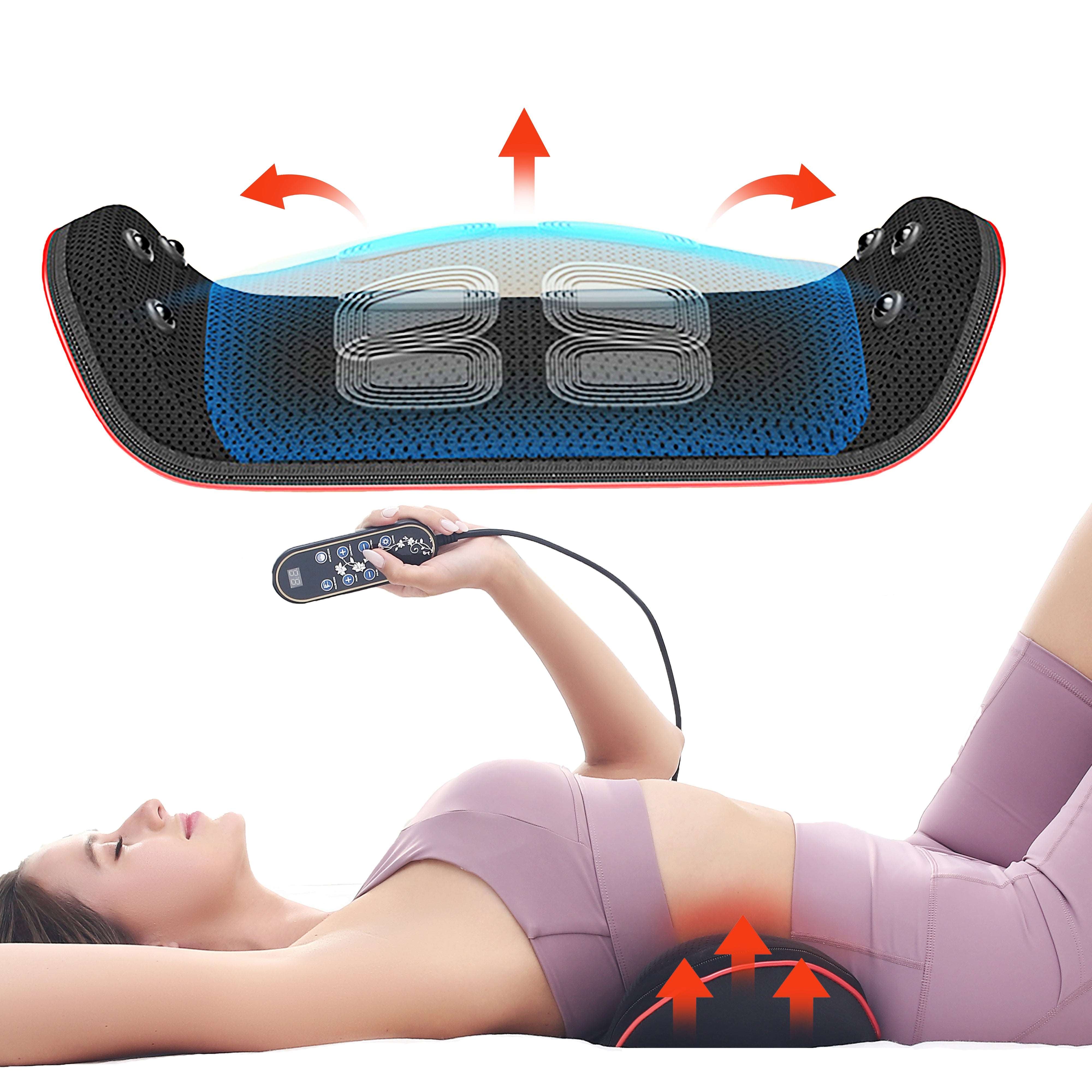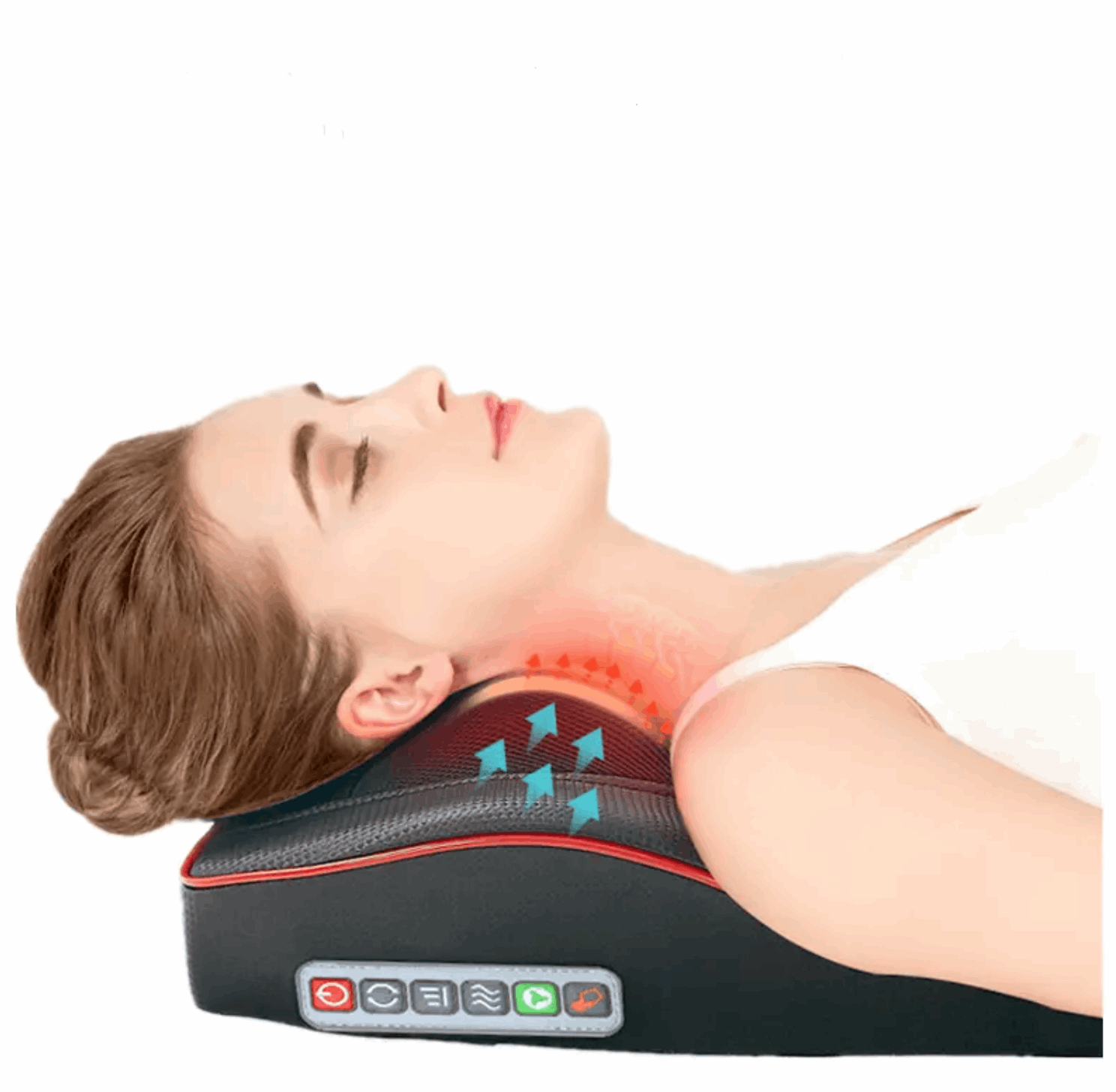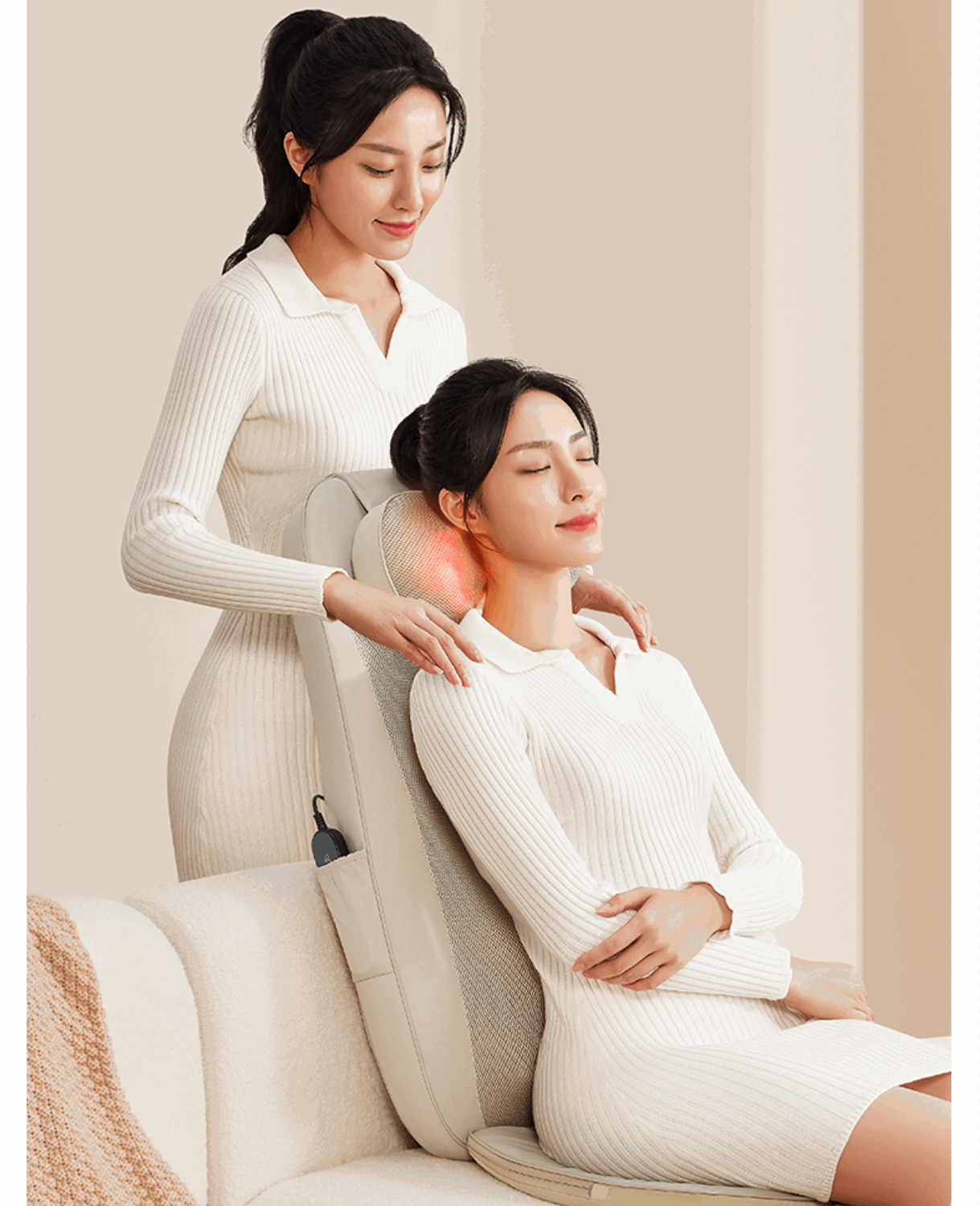Chilled Feet and Sore Soles: Understanding the Causes and Solutions

Have you ever experienced the discomfort of cold feet or soreness in your soles? These common foot problems can be quite bothersome, but understanding their underlying causes can help you find effective solutions. Let's delve into the reasons behind cold feet and soreness in the foot, and explore some ways to alleviate these issues for happy, healthy feet.
Cause for Chilled Feet:
- Poor Circulation: Inadequate blood flow to the feet can result in coldness. Conditions such as peripheral artery disease, diabetes, or Raynaud's disease can impair circulation, leaving your feet feeling chilly.
- Cold Weather: Exposure to low temperatures, especially without proper insulation or protection, can lead to cold feet.
- Nerve Damage: Conditions like peripheral neuropathy or nerve compression can affect the nerves in the feet, causing cold sensations.
- Lifestyle Factors: Wearing tight shoes, smoking, and leading a sedentary lifestyle can contribute to poor circulation and cold feet.
Causes of Sore Feet:
-
Overuse or Excessive Standing: Activities that put excessive strain on the feet, such as long periods of standing or intense physical activity, can lead to foot soreness. The repetitive stress on the feet can cause fatigue, inflammation, and discomfort.
-
Improper Footwear: Wearing ill-fitting shoes or those lacking proper support can contribute to foot pain and soreness. Shoes that are too tight or narrow can compress the toes and lead to conditions like bunions or corns. Shoes with inadequate cushioning or arch support can result in foot strain and discomfort.
-
Plantar Fasciitis: Plantar fasciitis is the inflammation of the plantar fascia, a band of tissue that connects the heel to the toes. It often causes pain and soreness in the heel or arch of the foot, particularly in the morning or after prolonged periods of rest. The condition can be caused by excessive strain, high-impact activities, flat feet, or improper footwear.
-
Foot Conditions: Pre-existing foot conditions such as bunions, corns, calluses, or flat feet can contribute to foot soreness. These conditions can cause abnormal pressure distribution, friction, and irritation, leading to discomfort and pain.
-
Injury or Trauma: Foot injuries, such as sprains, fractures, or strains, can cause pain and soreness. These injuries may result from accidents, sports activities, or repetitive stress on the feet.
So what are solutions can help cold and sore feet?
Solutions for cold feet:
- Keep Warm: Wear warm socks and shoes, especially in cold weather. Opt for insulating materials like wool or thermal fabrics to help trap heat and maintain warmth.
- Improve Circulation: Engage in regular physical activity to enhance blood flow. Activities like walking, swimming, or cycling can improve circulation throughout the body, including the feet. Elevate your feet whenever possible to help reduce swelling and promote blood flow. Avoid crossing your legs for extended periods, as it can restrict blood flow.
- Massage and Warm Soaks: Massage your feet using firm pressure to promote circulation and warmth. Soaking your feet in warm water can also provide temporary relief and improve blood flow.
- Stay Active: Regular exercise, particularly activities that involve leg movements, can improve circulation and prevent cold feet. Incorporate exercises like ankle rotations, toe curls, and calf stretches into your routine to keep the muscles and blood vessels in the feet active.
Solutions for sore feet:
-
Wear Proper Footwear:
- Choose shoes that provide proper arch support, cushioning, and a comfortable fit. Look for shoes designed for your specific foot type and activity level.
- Opt for shoes with shock-absorbing soles or inserts to help reduce impact on the feet.
- Ensure that your shoes have ample toe room to avoid pressure on the toes and potential issues like bunions or corns.
- Consider using orthotic inserts or insoles recommended by a podiatrist to provide additional support and alignment.
-
Rest and Elevate:
- Allow your feet sufficient rest and avoid overexertion. Take breaks from activities that put excessive strain on your feet, especially high-impact exercises or prolonged standing.
- Elevate your feet by propping them up on a cushion or pillow to help reduce swelling and promote circulation.
-
Stretch and Strengthen:
- Perform regular stretching exercises to improve flexibility and relieve tension in the feet. Focus on stretches that target the calf muscles, Achilles tendon, and plantar fascia.
- Strengthen the muscles in your feet and ankles through exercises like toe curls, marble pickups, and ankle rotations. Strong muscles provide better support and stability to the feet.
-
Hot and Cold Therapy:
- Apply hot and cold therapy alternately to your feet to help reduce inflammation and alleviate soreness. Start with a cold pack or ice wrapped in a thin towel for about 15 minutes to reduce swelling. Follow it with a warm compress or soak in warm water for 10-15 minutes to promote relaxation and improve circulation.
-
Massage and Self-Care:
- Give your feet regular massages to relieve tension and promote blood flow. Use your hands, a tennis ball, or a foot roller to apply gentle pressure and knead the muscles and soft tissues of your feet.
- Soak your feet in warm water with Epsom salt or essential oils to relax the muscles and provide relief. You can also add a few drops of peppermint or lavender oil for added relaxation.
How can SpiriTouch Shiatsu Foot Massager help with these issues?

The SpiriTouch shiatsu foot massager with kneading massage, airbag massage, and soothing heat can provide several benefits for various foot issues. Here's how it can help:
-
Improved Circulation: The kneading massage and airbag compression of the SpiriTouch foot massager stimulate blood flow in the feet. The rhythmic motions and pressure applied to the feet help to increase circulation, which can be beneficial for those with cold feet or conditions that cause poor circulation.
-
Muscle Relaxation: The kneading massage technique targets the muscles in the feet, helping to relieve tension and soreness. The deep kneading action can help relax tight muscles, reduce muscle fatigue, and alleviate discomfort caused by overuse or excessive standing.
-
Plantar Fasciitis Relief: For individuals with plantar fasciitis, the SpiriTouch foot massager's kneading massage can provide targeted relief. By gently kneading the plantar fascia, it can help to stretch and relax the tight tissue, reducing inflammation and pain associated with this condition.
-
Soothing Heat: The addition of soothing heat in the SpiriTouch foot massager enhances the overall therapeutic experience. Heat helps to relax the muscles, improve blood flow, and increase the effectiveness of the massage. It can provide soothing comfort and relieve muscle tension in the feet.
-
Stress Reduction: Foot massage is known to promote relaxation and reduce stress levels. The combination of kneading massage, airbag massage, and heat in the SpiriTouch massager can help create a calming and stress-relieving experience. The release of endorphins during the massage can also contribute to an improved mood and overall well-being.
It's important to note that while the SpiriTouch shiatsu foot massager can provide temporary relief and relaxation, it may not address underlying foot conditions or replace professional medical advice. If you have specific foot issues or persistent pain, it's always advisable to consult with a healthcare professional for a comprehensive evaluation and appropriate treatment.



